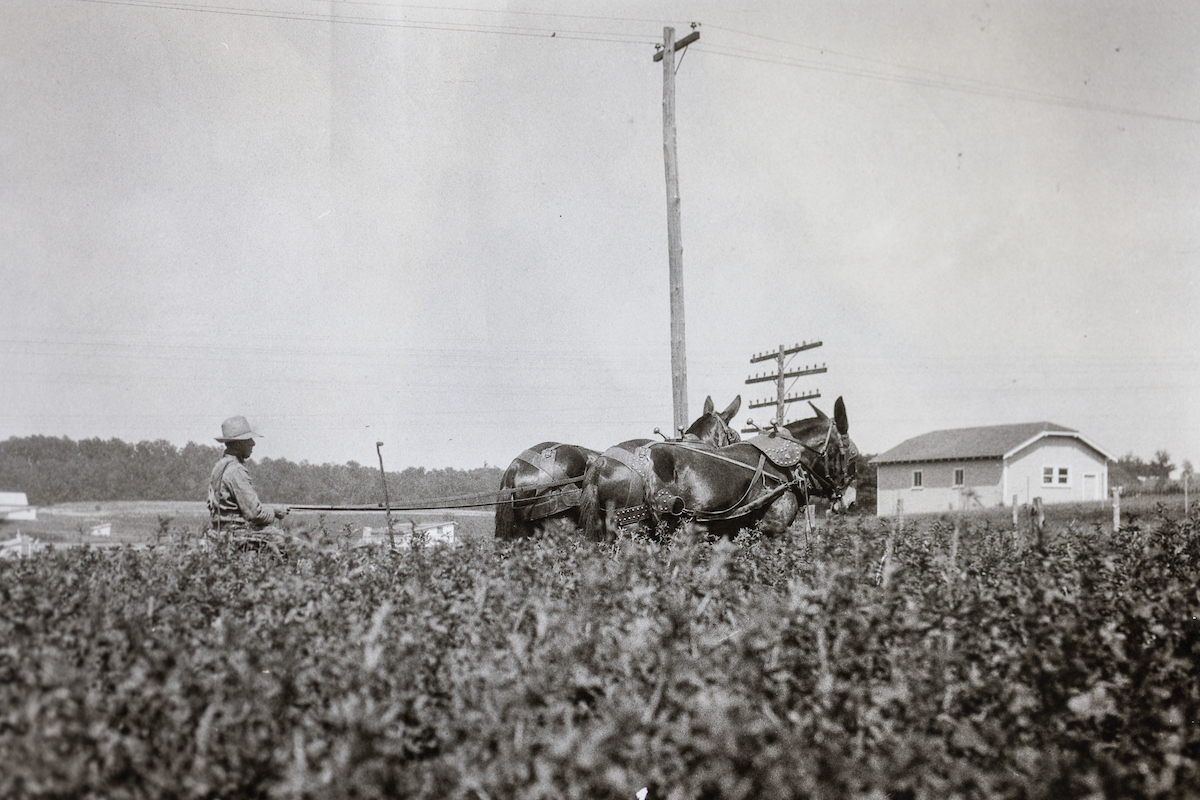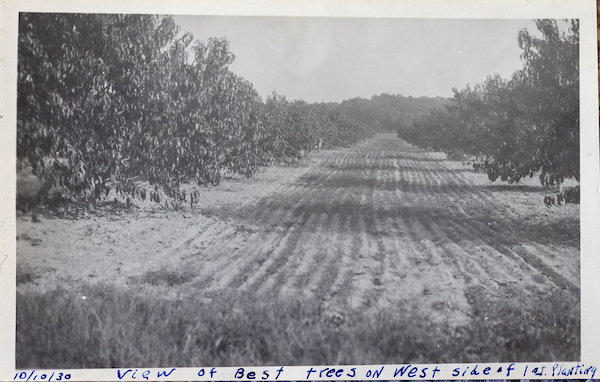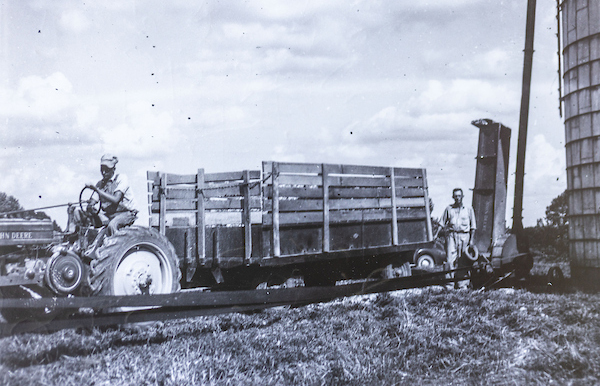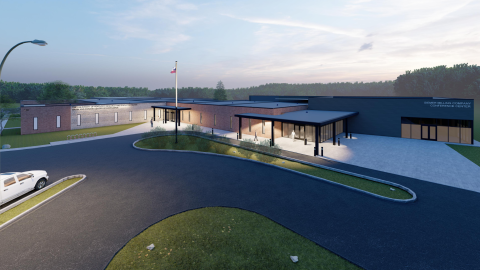Our History
"West Kentucky is progressive, and it will attain great heights with this new station here. [This] farm has in it the soul of these people."
Dean Thomas Poe Cooper
1925 dedication of the West Kentucky Sub-Experiment Station
As a land-grant institution, the University of Kentucky College of Agriculture conducts research and education throughout the Commonwealth. The Kentucky Agricultural Experiment Station, the research arm of the College, maintains permanent facilities at several locations outside of Lexington. The largest such facility is located at Princeton. “Princeton,” as it is usually referred to, was originally titled the West Kentucky Sub-experiment Station, a branch of the Experiment Station. After the new building was constructed in the ‘80s, the term “Center” began to replace the Substation designation. “Princeton” is now known as the University of Kentucky Research and Education Center at Princeton.
A grand dedication event was held on Labor Day, September 7, 1925, and attracted between 8,000 and 12,000 people, including Kentucky Governor W.J. Fields.
In 2000, as part of the Research and Education Center’s anniversary celebration, Dr. Randy Weckman, UK associate professor and Agricultural Communications team member, compiled a detailed historical account of the Center, which was officially dedicated at a grand Labor Day celebration in 1925 as the West Kentucky Sub-Experiment Station.
This update to that rich 75-year history, created in celebration of the Center’s 2025 centennial, examines another quarter-century of agricultural progress, research advancement, and dedicated service by the Center’s faculty and staff.

The Establishment of the Station
The idea for an agricultural research facility in western Kentucky emerged in the early 1920s, driven by the region’s need for improved farming methods and advanced scientific agricultural research.

The Early Years
From its inception, research at the farm served two fundamental purposes: to discover more effective farming methods in western Kentucky and to demonstrate these methods to farmers throughout the region.

Drought and Depression
Economic struggles and drought marked the 1930s. As the financial depression that started in late 1929 continued seemingly without end, Lowry’s reports to Dean Cooper increasingly referred to tight budgets that precluded improvements in the farm.

The War Years and Serving Veteran Farmers
The 1940s decade opened without much relief for the severely depressed economy. However, America’s entrance into the war in December 1941 would set the tone for research directly throughout the early part of the decade and indirectly throughout the second half.
Technology Leads the Way
With the arrival of new scientists, research programs developed rapidly. The research conducted at Princeton was also becoming increasingly sophisticated. Livestock management and tobacco research were top priorities.
A Period of Tremendous Growth
Under the administration of Dean Barnhart, the number of faculty and staff positions at Princeton increased to 25 during the late 1960s and 1970s, almost exclusively in the Extension area. This action symbolized the importance of western Kentucky agriculture to the state.
Difficult Years for Farmers
Strong commodity prices and substantial demand on the international market for U.S. farm products drove up farmland prices in the 1970s, prompting farmers to seek ways to increase yields. Farmers looked to agricultural scientists to help them improve on-farm efficiency to help them keep their operations out of bankruptcy.
Focus on Conservation and Profitability
Many of the projects that began in the 1970s and 1980s continued, thanks to the dedicated and steadfast staff of UKREC. By the 65th year of the establishment of the station in Princeton, no-tillage agriculture, primarily developed by researchers at the University of Kentucky over the previous two decades, had become a dominant form of growing crops, not just in Kentucky but throughout the world.

A New Millennium and Change in Farming Focus
Kentucky agriculture, which had been dominated by tobacco production for several decades, began to shift its focus following the signing of the Master Settlement Agreement in 1998. UKREC played a significant role in this transition.

The Grain and Forage Center of Excellence
As the UKREC continued to make significant strides in growing the success of Kentucky's farmers, staff and agriculture community leaders began to envision what would come next. The development of a world-class center focused on grain and forage research, located in the heart of Kentucky’s crop production, began in 2015.

The 2021 Tornado
On the evening of Dec. 10, 2021, an EF-4 tornado struck UKREC, leaving behind only remnants of a facility that had been an essential contributor to Kentucky's agricultural research. Decades of infrastructure and millions of dollars in equipment were destroyed overnight, reducing one of the state’s key agricultural assets to rubble.

A New Beginning
UKREC is transforming into a more advanced research institution that better meets the demands of today’s agricultural climate. This transformation has brought modern facilities that streamline research processes, improve storage and create a more effective environment for agricultural science.
